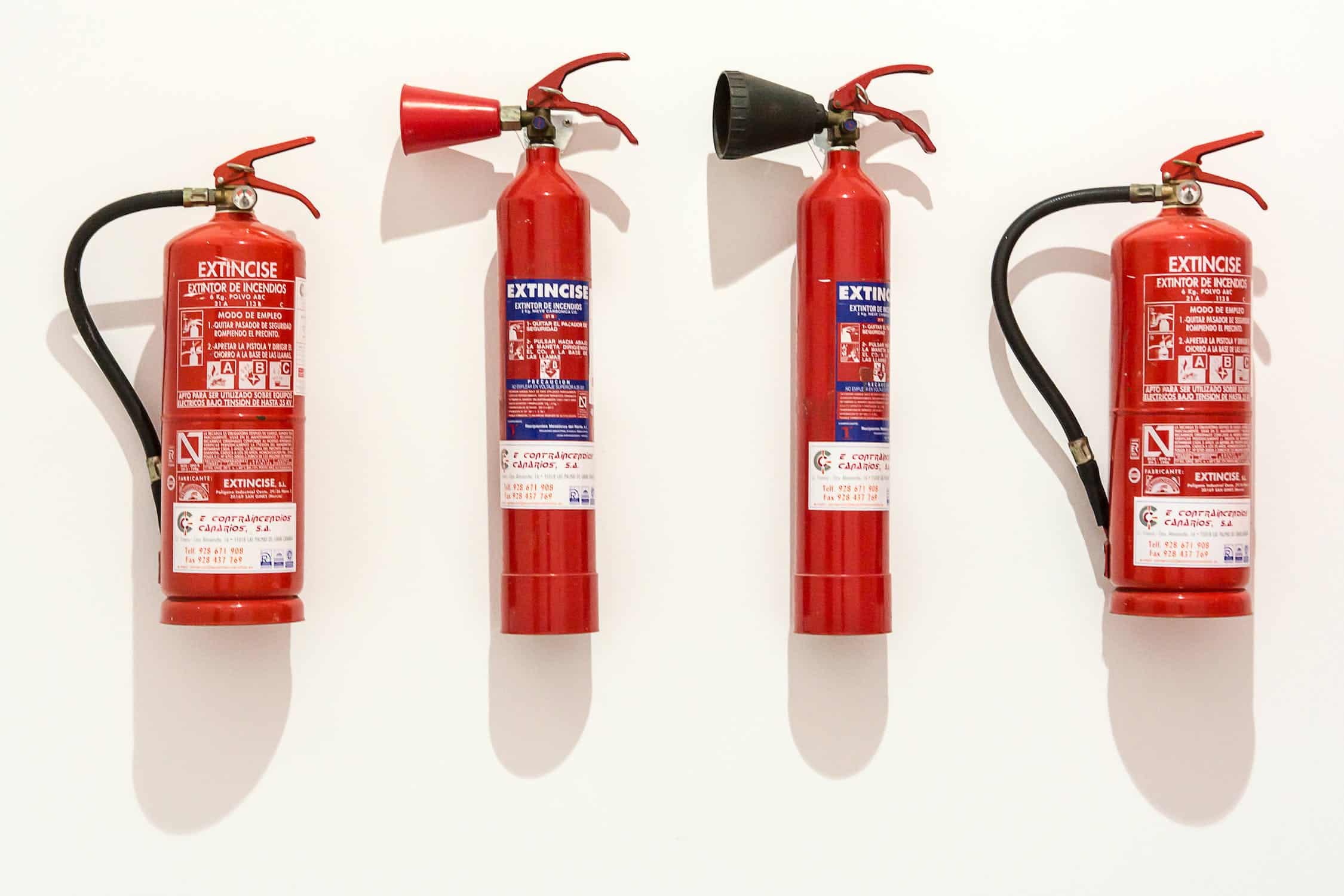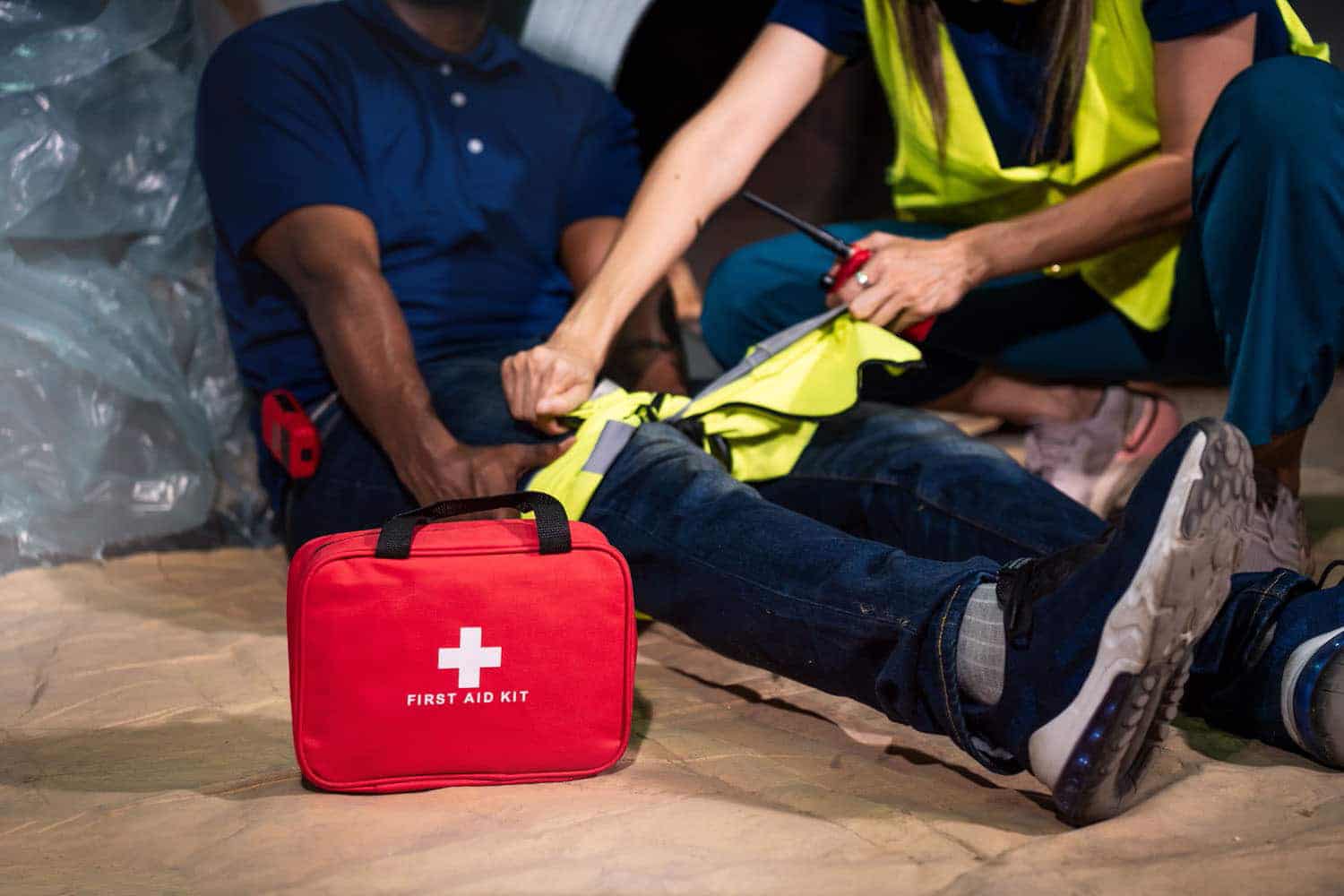
 20 February 2021
20 February 2021Fire safety is something that everyone needs to know and understand. One of the most important aspects of fire safety is knowing what type of fire extinguisher is necessary to put out a specific type of fire. For example, water is not effective on a grease fire – it can boost the fire and cause injury rather than putting out the fire.
A fire requires three elements to continue to burn: heat, fuel and oxygen. Remove any of those elements and the fire cannot survive and will eventually be extinguished. In order to accomplish that, fire extinguishers concentrate on removing one of the required elements.
There are multiple types of fires and as such, there are multiple types of fire extinguishers to help to put them out.
Class A: Fuel source of trash, wood, paper, cloth, plastics
Class B: Fuel source of flammable or combustible liquids
Class C: Flammable gasses
Class D: Fuel source of ignitable metals
Class E: Electrical fires
Class F: Cooking oils and fats
The types of fire extinguishers that you will come into contact with as a first responder at a business or in the home are the following:
Water Extinguishers
These put out the fire by removing the heat source. The extinguisher holds 9L of water and is pressurised. These are only used on Class A fires.
Foam Extinguishers
Foam removes the heat but can also remove the oxygen that is necessary for the fire to burn. They are used on Class A and B fires.
Dry Chemical Powder Extinguishers
These are the most common of all fire extinguishers due to their effectiveness on the majority of fire classes. The powder interrupts the chemical reaction taking place for the fire to continue to burn. There are various sizes of this extinguisher, ideal for the home and/or office.
Carbon Dioxide Extinguishers
These are used generally on Class E fires however have limited effect on Class A, Class B and Class C fires. They use the function of removing oxygen and some heat.
Wet Chemical Extinguishers
These are relatively new agents that smother the fire by removing the heat and preventing reignition by creating a barrier between the oxygen and the fuel. They were developed primarily for cooking oil fires in commercial kitchens.
Vaporising Liquid Extinguishers
These include halon agents as well as halocarbon agents, and extinguish the fire by interrupting the chemical reaction triggering the fire. They are primarily used for Class B and Class C fires but some larger ones can be used on Class As.
Still confused or unsure? Contact us today for a free consultation and safety assessment.
Recent posts
 4 April 2024
4 April 2024Haz-Ed Celebrates International Women’s Day: A Commitment to Excellence
 16 October 2023
16 October 2023OH&S Overview – Understanding Occupational Health and Safety
 20 August 2023
20 August 2023

